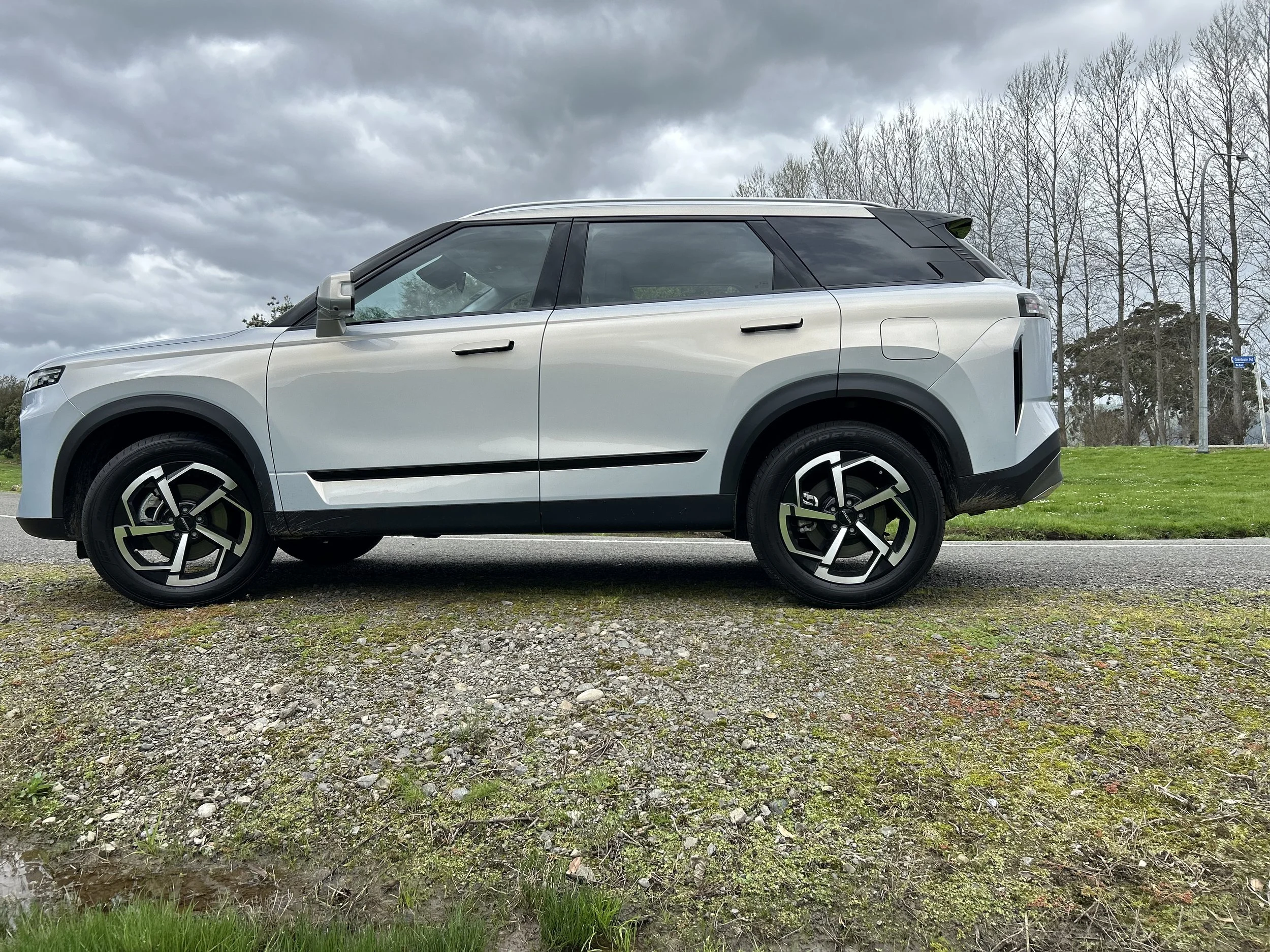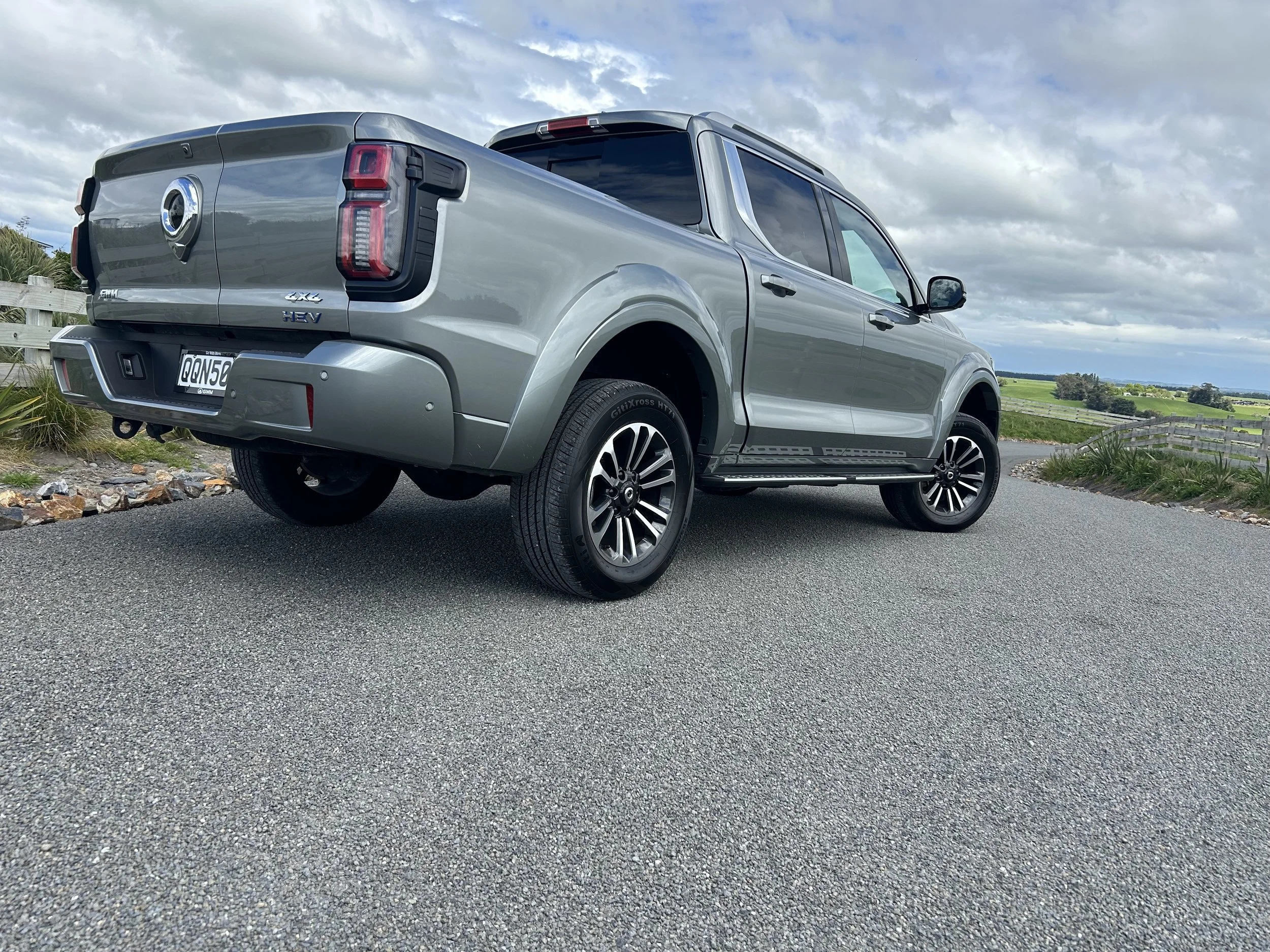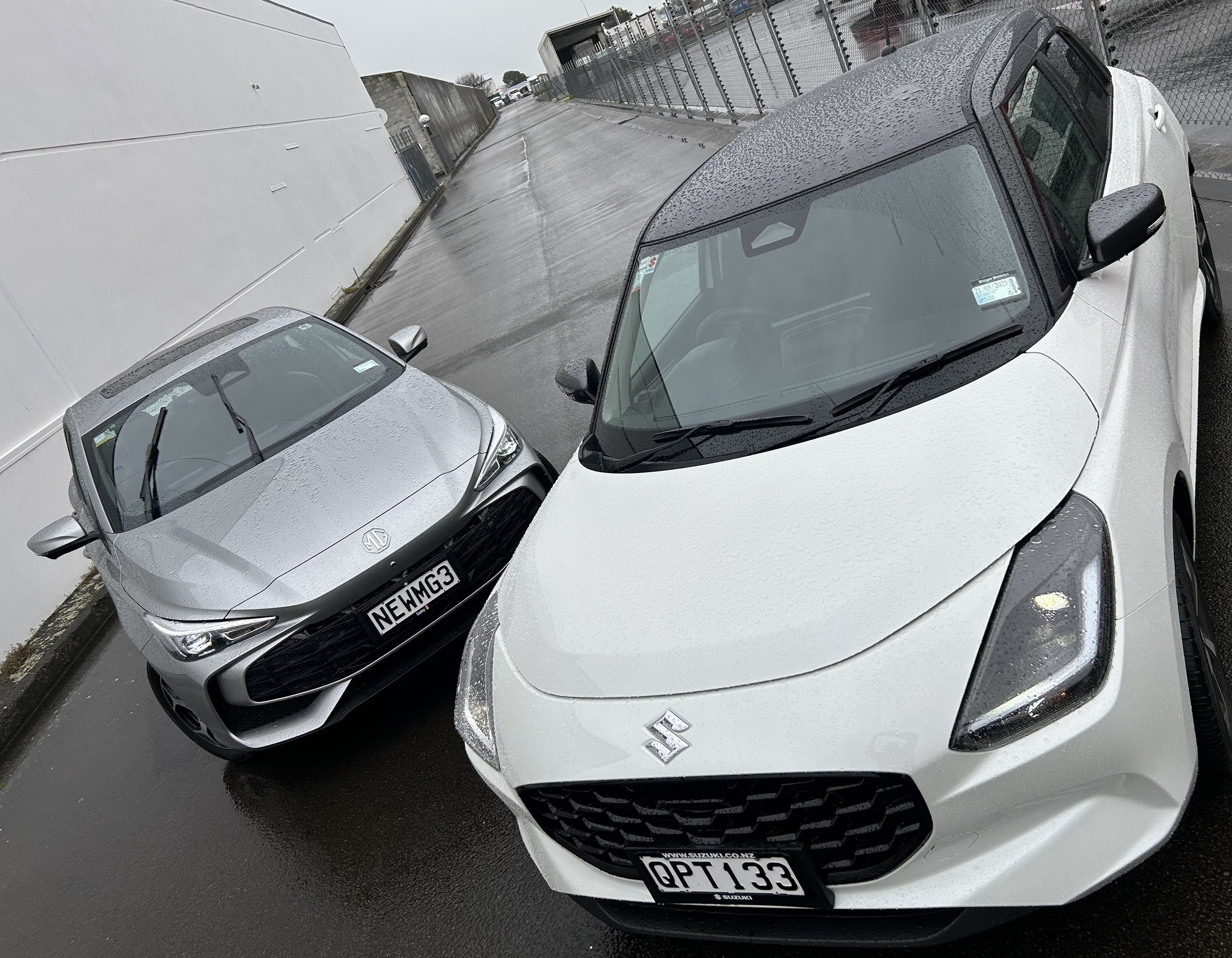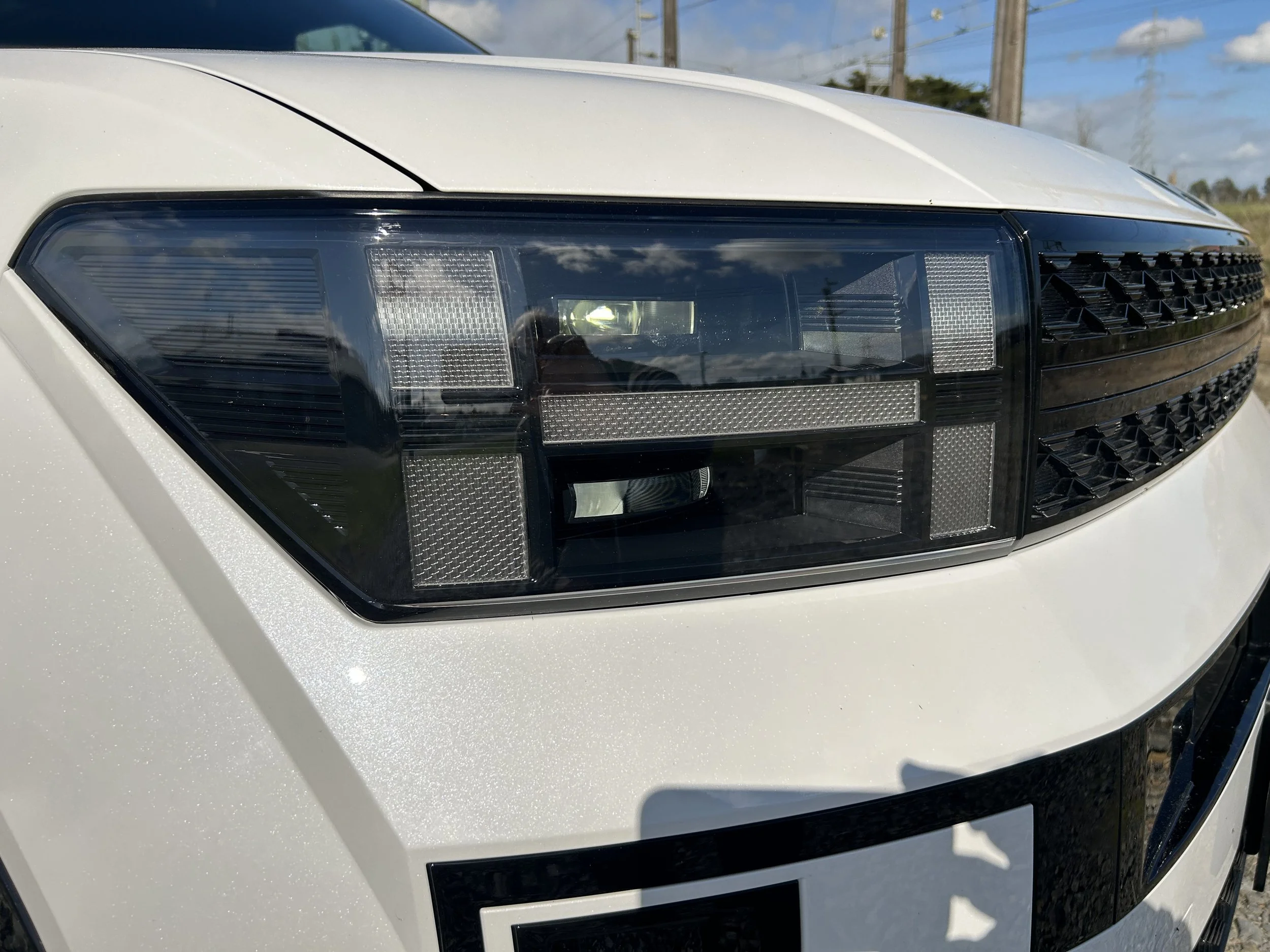Arteon, eGolf sorted for NZ
/An electrifying four-door coupe and a fully-electric Golf are among new headline models joining the VW NZ lineup next year.
AN all-electric Golf and a slinky sedan, both unveiled internationally by Volkswagen over the past fortnight, are certain deliveries for New Zealand.
VW New Zealand boss Tom Ruddenklau revealed local interest in the Arteon – ostensibly a replacement for the similarly-styled CC but just as likely to supplant the Passat sedan here – during broader conversation about his brand’s electric drive, which though focussing on the e-Golf will also embrace another Passat potential, in the form of a plug-in hybrid wagon.
But first, that new four-door coupe. So far VW has only shown Arteon (whose name is a blend of the words ‘art’ and ‘eon’, the first to describe the car’s ‘harmonious lines and emotionality’, the other to identify its premium status) as a sketch.
However though only confirmed in the wake of the brand having first signalled that the CC four-door coupe is about to exit production, after seven years’ service in current format, the model’s existence was rumoured – first with a concept displayed at the 2015 Shanghai motor show, more recently by heavily disguised mules being seen testing in Europe and California – and it is on a fast track for production, with thought it might arrive here around October, 2017.
Potentially, that’s three months after the e-Golf, whose debut occurred at the Los Angeles motor show two weeks ago.
The first fully-electric car that VW will sell here is timed to come on sale here in its latest, second-generation format as a special star of a similarly refreshed mainstream Golf lineup here in June, however it’s possible that some might arrive early and that pricing could be announced as early as January.
“We’re just in the final throes for getting our production and pricing confirmed. But next year will be a big year for e-Golf for us.”
The electric model promises a remarkable range and will set the scene for the longer-term introduction for the brand’s first fully-bespoke electric vehicle, another medium hatch previewed in Paris as the I.D.
Expected to render in production form in 2020, the I.D is going to provide a range of up to 600kms — double that of the incoming e-Golf and also about 254km further than Tesla says its Model 3, still signalled as a 2018 release in North America, can travel on a single charge.
Starting the local market ohm drive with the e-Golf represents a rewriting of VW NZ’s original intention, but ties more neatly into VW’s Germany’s vision to have up to 25 percent of its cars running wholly or partially with electric assistance by 2025.
As recently as a year ago, the national distributor was committing to starting with the Golf GTE, a plug-in hybrid version of the best-selling hatchback, with the same 110kW 1.4-litre petrol and 75kW electric running gear as the A3 e-tron from sister brand Audi that has been on sale here for two years.
That model is still set to come into the market as well, along with a like-configured Passat wagon, but there’s also a desire to take a big step into the future with a fully electric Golf as well that, with a real world range of 200km and an optimal ‘lab test’ 300km ability, has four to six times the GTE’s wholly electric range.
Says Ruddenklau: “We’re determined to get it right with electric cars when we push that big Green button … Germany’s not going to force cars onto us if there is no market and equally, we are not going to do it (an EV programme) for love.
“It’s all about making sure the stars align and we feel there is some really strong appetite locally.”
Even though Germany cannot understand how EVs can easily gain traction in a place where Government does not offer buy-in subsidies, it is nonetheless impressed that NZ has an incredibly high level of Green energy generation and also sees merit in the recent decision by a core group of corporates to invest into EVs for fleet use.
“I’m quietly quite confident and excited. To be honest, the factory has been challenging us quite hard … yes, they want to know where the subsidies are and cannot quite get how (EVs) work in countries where they do not have those … we’re telling them that it is different here, that in NZ it is about the renewable resource and renewable resource stories.”
But surely any EV will struggle without incentives? Ruddenklau won’t predict sales volume but acknowledges the electric scene is a “long game”. He also prefers to steer clear if discussing his views about subsidies, too, but says Transport Minister Simon Bridges does deserve credit for raising EV awareness, not least for business use.
“Good on him and good on the corporate sector for actually wanting to make a difference.
“When you look at the role of an EV as a pool car for a corporate – well, it’s perfect. It’s got a charging place every night and travel that is reflective of its range. It (e-Golf) will work really well and we’ve had really good expressions of interest from that corporate space that Bridges has been stimulating.
“So I think he is on the right path.”
VW NZ will leap ahead of many other right hand drive markets to secure e-Golf, including Australia (where they will start with the Golf GTE), a real coup given it is very much a niche model in production terms – of the one million Golfs produced last year, just 15,000 were battery-pure examples, Ruddenklau cites.
“We certainly have interest in the GTE models and see them having a role to play, but I see more interest occurring with the e-Golf, at least to start with.”
This edition also has increased power and torque figures by 15kW and 20Nm respectively, for a combined output of 100kW/290Nm, reducing the zero to 100kmh sprint time from 10.4 seconds to 9.6s. Top speed has been lifted from 140kmh to 150kmh.
Compatible quick-charge stations will fill the e-Golf to 80 percent in 60 minutes or, through a conventional power outlet, will charge to full capacity in less than six hours.
The new e-Golf features the same styling updates as the rest of the recently revealed Golf range, with new LED tail-lights, Volkswagen’s green-car blue grille stripe extending into the headlights, and revised front and rear bumper designs.
Volkswagen has also added gesture controls to the 9.2-inch colour touchscreen infotainment system, which, according to the German car-maker, takes just “a hand swipe gesture to move the horizontally arranged menu items to the left or right, allowing the driver to navigate through the main menu, change radio stations, or browse through the playlist or music album covers”.
Sitting behind the steering wheel is a 12.3-inch colour display for instrumentation, with all information including speed, driving range and battery charge on display, which can also be customised to show navigation, music and phone call information.
Increased safety technology is also included with the e-Golf, including the addition of Traffic Jam Assist – a semi-autonomous driving mode up to 60kmh to help in heavy traffic congestion – and pedestrian monitoring with autonomous emergency braking (AEB).
The Passat GTE, meantime, blends an 85kW electric motor coupled with a 115kW 1.5-litre turbocharged TSI engine, to produce a combined maximum output of 160kW of power and 400Nm of torque.
According to Volkswagen, on a full charge the Passat GTE can cover a distance of up to 50 kilometres in pure electric mode (E-Mode) and reach a top speed of 130kmh.
Combining the electric motor with petrol power boosts the top speed to 220kmh and increases the range to more than 1000 kilometres.
Coupled with a six-speed dual-clutch transmission, the GTE's powetrain sips just 2-litres of fuel for every 100 kilometres travelled but can accelerate to 100kmh in 8.0 seconds.
Setting the GTE apart from other Passat models is a redesigned front end with a unique chrome radiator grille featuring blue accents and new C-shaped LED daytime running lights, as well as special 17-inch alloy wheels. VW defines eco ‘green’ in blue hues, so the interior features blue stitching highlights on the steering wheel, gear selector and seats, as well as blue ambient lighting. The model also takes an optional Active Info Display system to display specific driving options for the car.
It’s a world away from Arteon, even though the coupe is on the same MQB platform. The first all-new model to come from the VW brand since the emissions scandal which engulfed the company last year is an especially high-tech offer, with a head-up display coupled with Active Info dash - VW's version of Audi's Virtual Cockpit – which is being described as being the most advanced driver interface to date. According to VW, with its drivers assist systems Arteon takes a big step toward autonomy.
The headline engine will be the 206kW 2.0-litre turbocharged four-cylinder engine that sits atop the Passat range, along with the related Skoda Superb.
The Arteon will be the first model to get an all-new seven-speed DSG gearbox, and it will be available with either front or four-wheel drive, with the latter set-up likely be standard with the flagship engine.

















